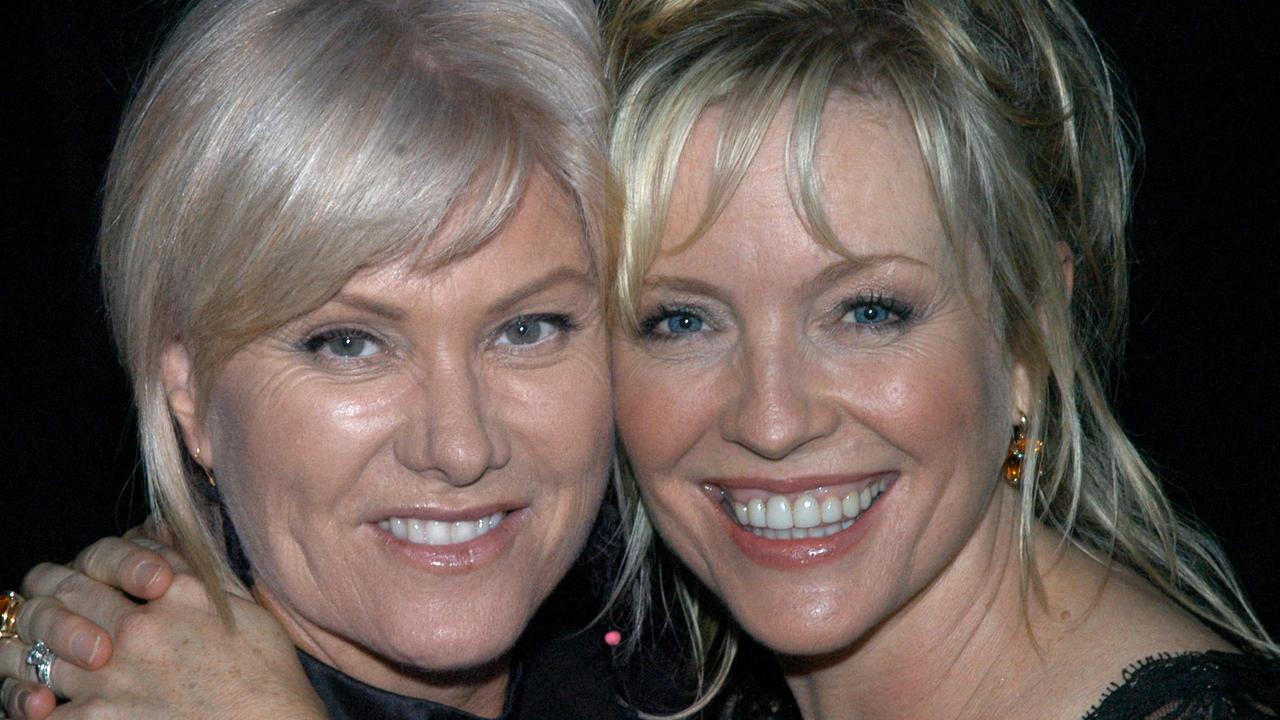Staggering amount Aussies need to earn to maintain desired level of health, wellbeing
A new study has revealed the staggering amount of money Australians believe they need to earn in order to be healthy – and it’s a price few can afford.
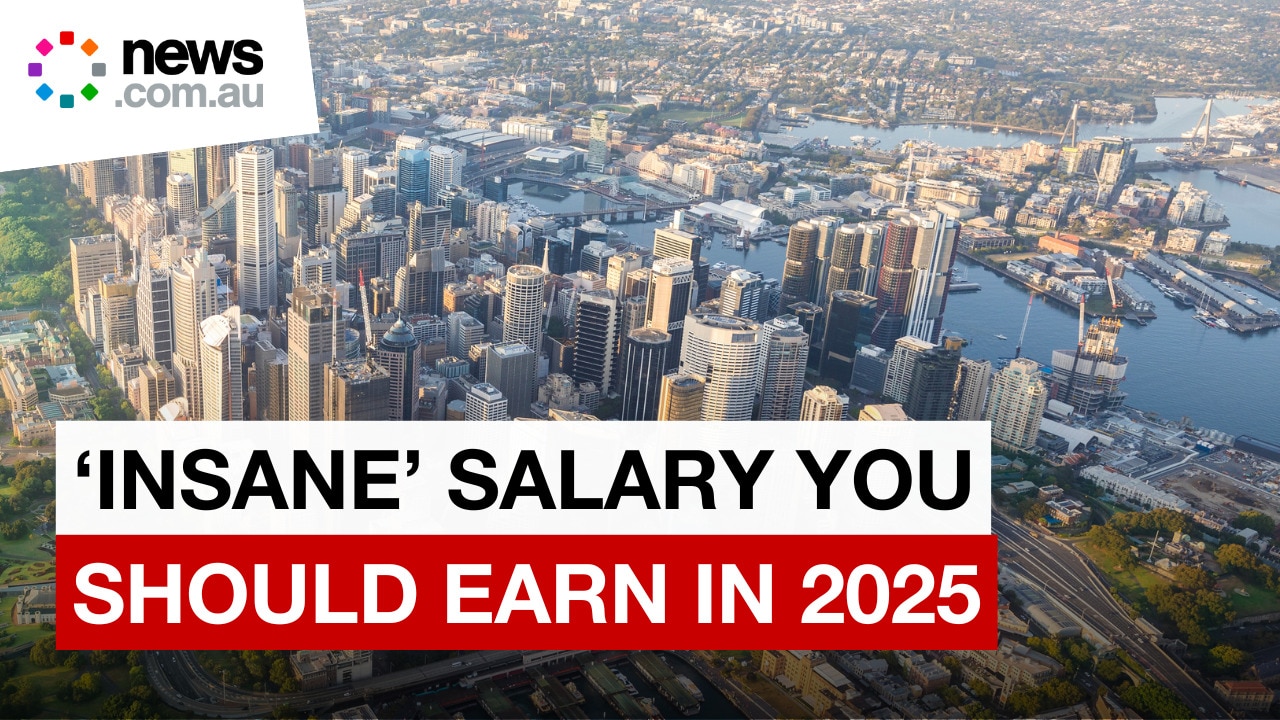
Lifestyle
Don't miss out on the headlines from Lifestyle. Followed categories will be added to My News.
Australians have revealed the staggering amount of money they believe they need to earn in order to be healthy – and it’s a price few can afford.
According to Body+Soul’s Health of the Nation report – a comprehensive, independent survey of the food, fitness and health habits of more than 3000 Aussies of all ages – only those households earning more than $300,000 a year said their ability to maintain or improve their desired level of health and wellbeing had not been impacted by the cost of living.
The figure is well above the median wage. which according to the Australian Bureau of Statistics’ (ABS) most recent data, is about $67,600 annually.
While respondents said that motivation, followed by difficulty maintaining a routine, were the main barriers to their pursuing better health and wellbeing, 40 per cent of Millennials (those born between 1981 and 1996), 39 per cent of Gen Z (those born between 1995 and 2012) and 35 per cent of Gen X (those born between 1965 and 1980) said matters had been made “somewhat worse” by financial pressures. Just 1 in five Baby Boomers (those born between 1946 and 1964) said they’d felt the sting in any way.
Royal Australian College of General Practitioners (RACGP) president Dr Michael Wright told news.com.au it was no longer just low income families who have to decide “between seeing their GP for the care they need and paying for their groceries”.
Asked what they’d been most forced to reduce, cut back on, or make compromises on – regardless of income – almost half (48 per cent) of the Health of the Nation respondents cited healthy eating or specialty food products.
Almost 30 per cent said either mental health services (such as counselling and therapy) or preventative healthcare (including health check-ups and screenings), while 25 per cent had switched to lower-cost medications or skipped doses, and 24 per cent had made changes to their private health insurance.
Of those who’d opted for the latter, two in five Australians (41 per cent) had stopped paying for health insurance completely (up more than 19 per cent from this time last year).
But when it comes to getting healthy, Body+Soul Content Director Jacqui Mooney said “while there’s no doubt cost of living is a huge issue right around the country, there’s also a really common misconception that being healthy has to be expensive, and that’s absolutely not the case.
“On the fitness front, so many forms of exercise are free, like pulling on a pair of trainers and heading out for a walk or doing a few laps at your local ocean pool. Moving regularly, especially in nature, can also have significant benefits in terms of stress release and mental health, without spending a cent,” Mooney said.
“That’s also the reason Body+Soul has teamed up with leading trainers, nutritionists and wellness experts during our 2025 Health of the Nation campaign, to deliver tips and tricks to help boost your health on a budget.”
The survey showed Australians’ ability to spend money on healthcare is shrinking – propelled by the dearth of bulk-billing GPs (where patients pay nothing out of pocket), increasing cost of medical services, and inflation in other facets of life.
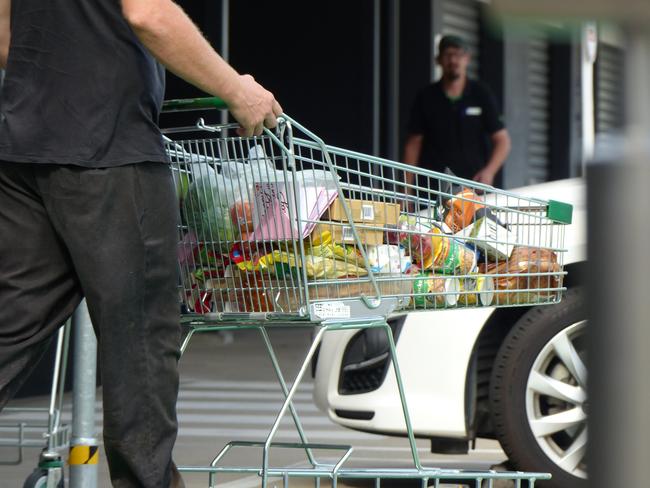
“Our population is growing, our population is ageing, and we’re in the middle of a cost of living crisis – all of those things are putting pressure on people on where they spend their money,” Dr Wright said.
“We know that we are seeing more patients delaying appointments and potentially putting off appointments because of cost.”
The knock-on effects of such decisions are manifold – and go far beyond the individual.
“It’s bad for their health, because if they don’t come and see the GP, they don’t get the preventative healthcare that they need,” Dr Wright said.
“It also means not only are they more likely to get sicker, but when they do need care, they’re more likely to end up in hospitals or emergency departments, and that’s a lot more expensive – so that’s bad for the taxpayers as well as being bad for their health.”
The “real challenge”, Dr Wright said, is “that we need to make sure there aren’t big financial barriers for people coming to see the front door of the health system, which is what general practice is”.
“That’s what Medicare was basically founded on. For 40 years, people have had affordable access to the care that they need,” he said.
“But that (Medicare) rebate hasn’t kept pace with the cost of providing care, so, increasingly, patients are seeing that there’s an out-of-pocket cost.”
Prime Minister Anthony Albanese last week announced a $1.7 billion funding boost for state-run hospitals after coming to an agreement with state and territory governments, saying his government’s “priority is strengthening Medicare”.
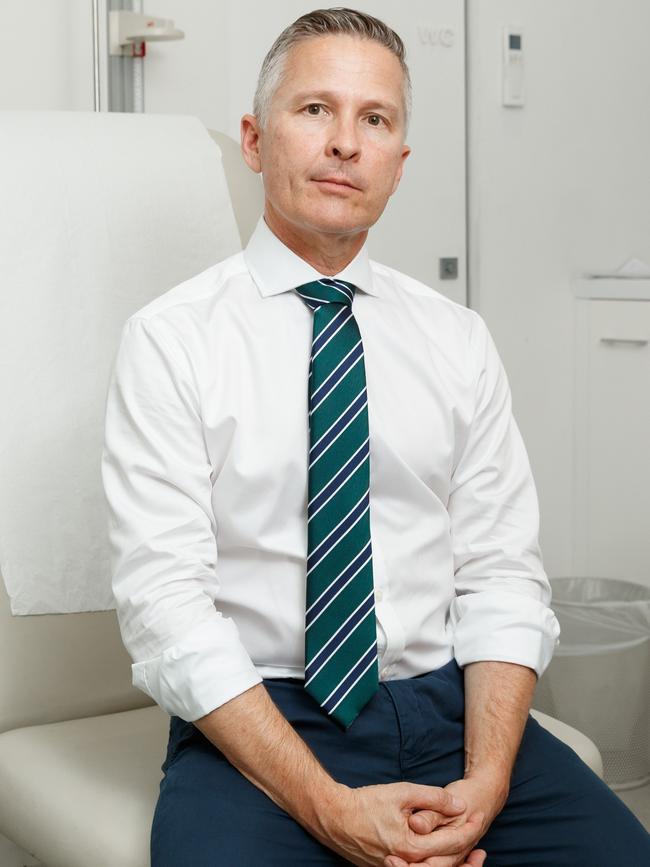
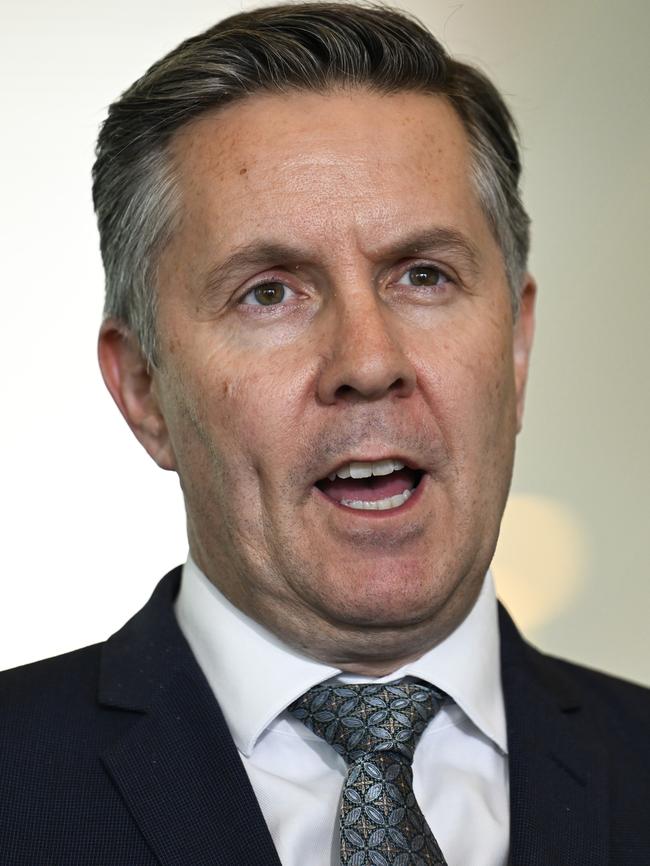
Federal Health and Aged Care Minister Mark Butler told news.com.au that since the Albanese government’s election in 2022, the bulk-billing incentive for GPs has “tripled” and “bulk-billing has started rising again in every state and territory – delivering an additional 5.8 million free visits to the GP”.
“When we came to government in 2022, it had never been harder or more expensive to find a doctor. Bulk billing was in free fall after a decade of cuts and neglect to Medicare,” Mr Butler said.
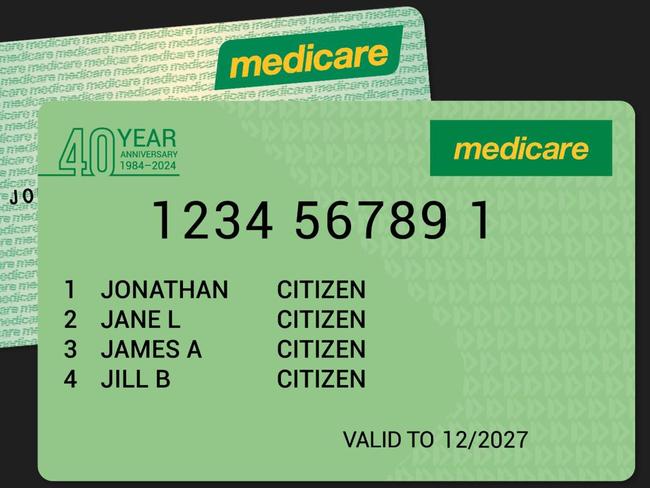
“Our hard-fought reforms are delivering cheaper medicines to millions of Australians – already saving them more than $1 billion in out-of-pocket costs.
“These changes are making a real difference to millions of Australians – but we know there’s more to do to keep strengthening Medicare.”
The findings of a national survey released in January by online GP directory Cleanbill, however, differ from the Federal Government’s official data – and paint a far bleaker picture of bulk-billing rates at Australian GPs.
According to Cleanbill, the percentage of clinics offering bulk-billing has fallen by an average of 3.5 per cent across Australia, with only 20.7 per cent of clinics nationwide still offering it to all patients (down 3.5 per cent from 2024).
The average out-of-pocket cost for a visit to the GP, meanwhile, has risen by 4.1 per cent in the past 12 months to $43.38.
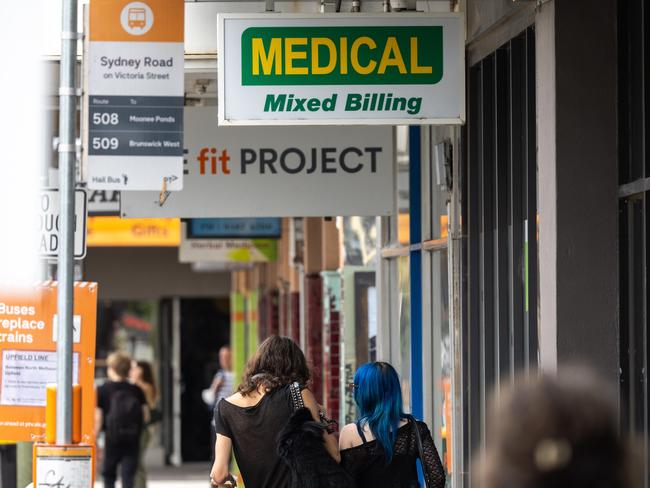
The RACGP is therefore urging the Federal Government for a “major investment in Medicare, particularly for consults longer than 20 minutes, because that’s where the complex care happens”, Dr Wright said.
“You might come in with a cough or a cold, but actually you might be overdue for your breast check or skin check or even your blood pressure check, and all of those things need to be done, but they take time,” he said.
“That’s why we’re seeking more commitment to increase the Medicare rebates, particularly for longer consults, so that care can be provided where it should be – which is in our local neighbourhoods, and in the 7000 general practices around the country.”
Body+Soul has teamed up with Laura Henshaw and Steph Claire Smith’s Kic to offer readers who sign up before March 3 four weeks free access to the app. On top of access to the entire app’s offering, Kic has created a bespoke Health of the Nation challenge, consisting of three weekly workouts that range from five to 20 minutes.
Originally published as Staggering amount Aussies need to earn to maintain desired level of health, wellbeing




